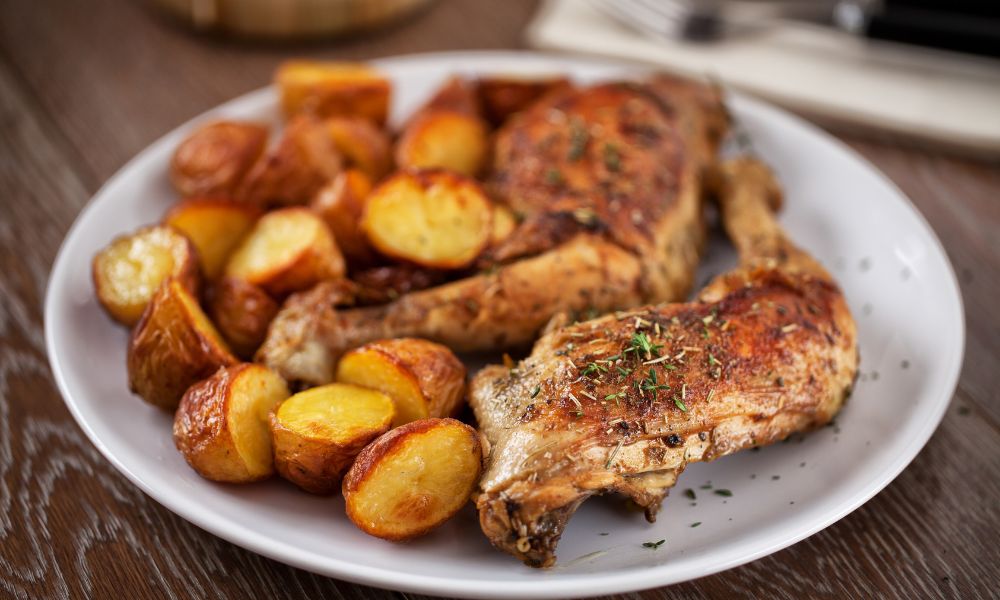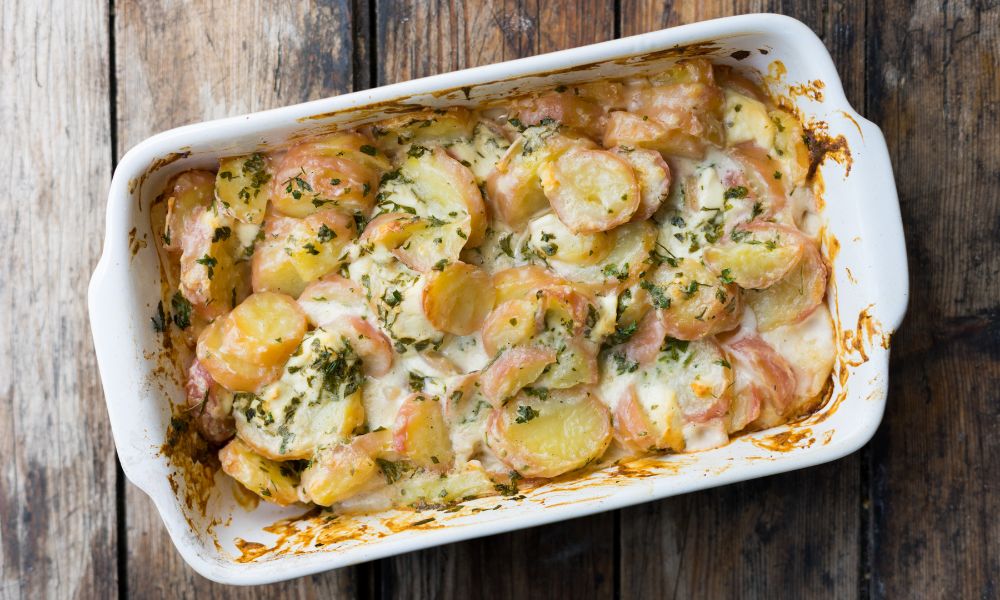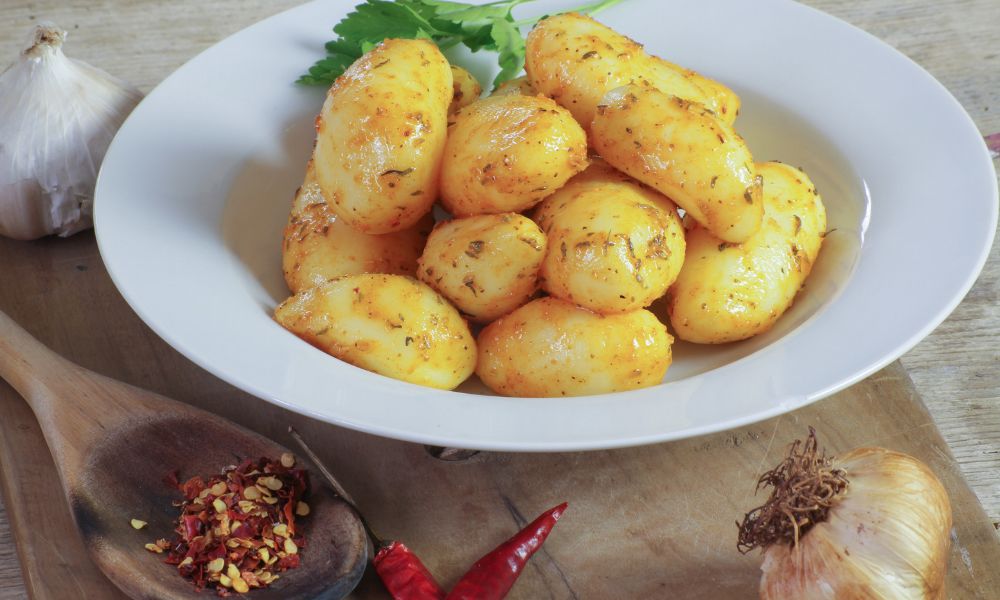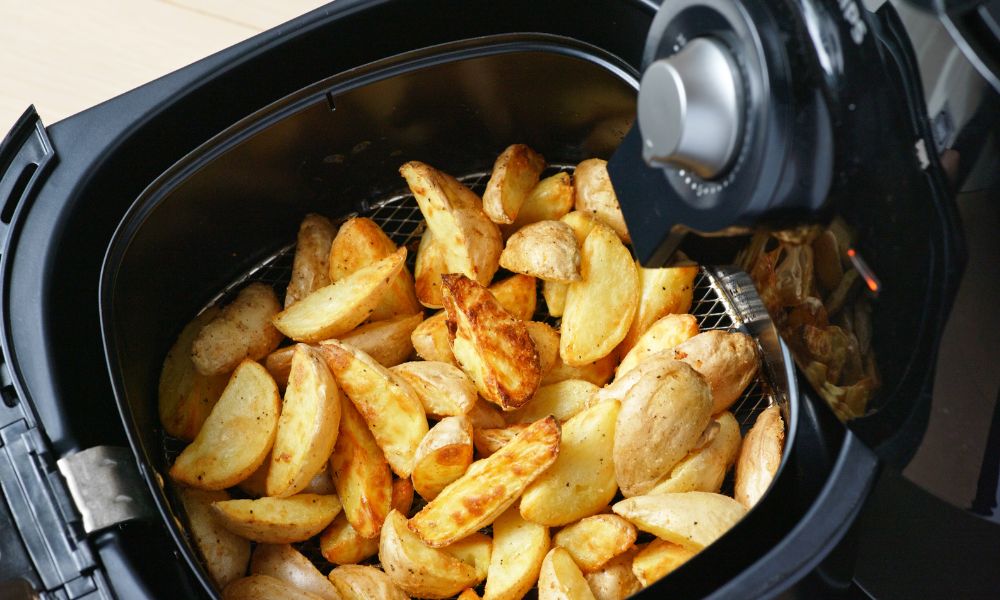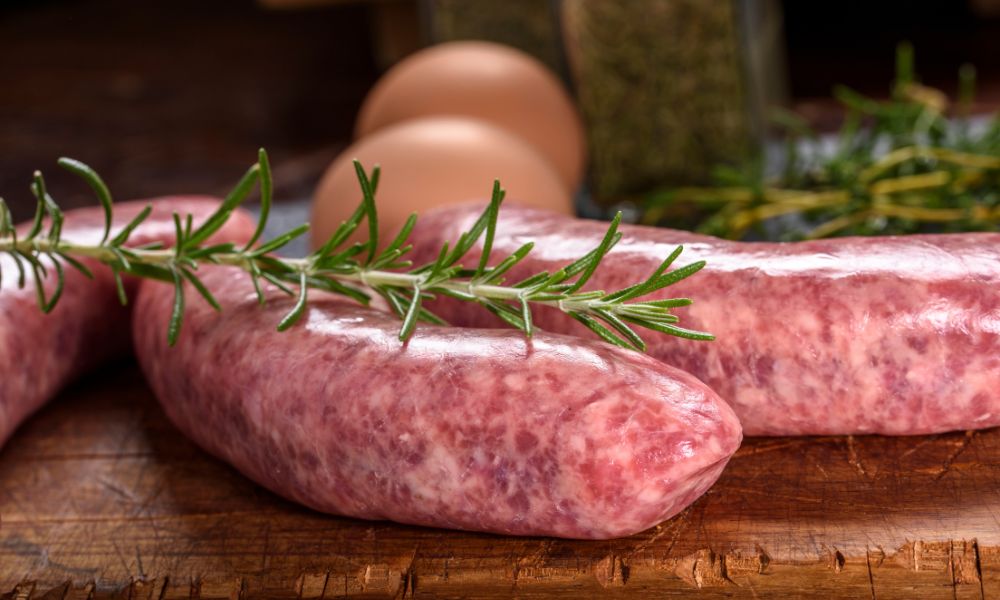Oranges are a delicious and healthy fruit packed with vitamins and nutrients. Keeping them fresh is important to maintain their taste and nutritional value. However, many people face common issues when it comes to keeping oranges fresh. This article aims to provide solutions to make that task easier for everyone.
Why Do Oranges Go Bad?

There are various factors that cause oranges to spoil, such as moisture, temperature, and ethylene gas. Understanding the effects of these factors allows us to store oranges properly and avoid spoilage.
Moisture
Moisture can accumulate around oranges, especially if they are stored in a closed container. When moisture is present on the orange’s skin, it provides an ideal environment for mold growth^1^. To prevent this, make sure that oranges are completely dry before storing them and avoid washing them unless you plan to consume them immediately.
Temperature
Oranges last longer when stored at cool temperatures. Storing oranges in a hot environment can cause them to ripen and spoil quickly^2^. The ideal temperature to store oranges is between 45°F and 55°F (7°C to 13°C).
Ethylene gas
Many fruits, including oranges, release ethylene gas as they ripen. Ethylene gas accelerates the ripening process, causing other fruits and vegetables nearby to spoil more quickly^3^. To combat this, store oranges separately from other fruits and vegetables.
How Long Do Oranges Last?
Factors such as the variety of oranges and the storage conditions can significantly affect their shelf life. On average, oranges last for about 7 to 10 days at room temperature and 2 to 3 weeks in the refrigerator^4^. However, some varieties, such as navel oranges, may have a longer shelf life.
Tips to Extend Shelf Life
- Store oranges in the refrigerator to keep them fresh for a longer period.
- Keep oranges separate from other fruits and vegetables to prevent ethylene gas from affecting them.
- Rotate your stock of oranges, so you consume the older ones first.
How to Store Oranges

Storing in a Cool and Dry Place
For optimal freshness, store oranges in a cool, dry place away from direct sunlight. A dark pantry, cupboard, or basement is a perfect location.
Different Storage Options
Refrigerator
Storing oranges in the refrigerator is an excellent method to extend their shelf life. However, make sure to store them in the crisper drawer to prevent them from drying out^5^.
Pros:
- Longer shelf life
- Helps maintain freshness
Cons:
- Can cause oranges to lose some of their juicy texture if not stored correctly
- Takes up space in the refrigerator
Pantry
While it’s not the most optimal choice, storing oranges in a pantry can still keep them fresh for a reasonable time. Just ensure that the storage area is cool and dry.
Pros:
- Easy access
- No need for refrigeration
Cons:
- Shorter shelf life compared to refrigeration
- Can be affected by ethylene gas from nearby fruits and vegetables
How to Tell if Oranges are Spoiled
- Discoloration: The skin of the orange may change color or develop dark spots
- Mold growth: Check for any mold spots on the skin
- Unpleasant smell: A spoiled orange will have a sour or off smell^6^
It’s essential to dispose of spoiled oranges to prevent mold from spreading to other fruits and vegetables. Consuming spoiled oranges can pose health risks.
FAQs
What is the best temperature to store oranges?
The ideal temperature to store oranges is between 45°F and 55°F (7°C to 13°C).
How can I prevent moisture buildup in my orange storage container?
Make sure that oranges are completely dry before storage and avoid washing them unless you plan to consume them immediately.
Can I freeze oranges to extend their shelf life?
Yes, you can freeze oranges to extend their shelf life. However, keep in mind that the freezing process may change their texture.
Can I store oranges with other fruits and vegetables?
It’s best to store oranges separately from other fruits and vegetables to prevent ethylene gas from affecting them.
What should I do if I have too many oranges to consume before they go bad?
If you have more oranges than you can consume before they go bad, consider sharing them with friends and family, or use them to make juices, smoothies, or baked goods.
Tackling Common Orange Storage Issues
How to Keep Oranges Fresh in the Summer

In the summer, the heat and humidity can make it even more challenging to keep oranges fresh. Here are some tips to help you during this season:
- Keep oranges in the refrigerator to maintain their freshness in hot weather.
- Store oranges in a mesh bag or a container with air circulation to prevent moisture buildup.
- Place the oranges in a shady area that is not exposed to direct sunlight.
How to Keep Oranges Fresh in a Hot Climate
If you live in a hot climate, here are some additional tips that can help prolong the freshness of your oranges:
- Consider using a wine cooler or a thermoelectric refrigerator to store your oranges at the optimal temperature range.
- Utilize evaporative cooling techniques such as wrapping the oranges in a damp cloth or placing them in a clay pot.
How to Keep Oranges Fresh for Juicing
If you’re planning on using your oranges primarily for juicing, here are some tips to keep them fresh:
- Store them in a sealed container or ziplock bag in the refrigerator to maintain their juicy texture.
- If you have a lot of oranges for juicing, freezing them is a good option to make the juices later. Check out this guide on how to freeze oranges for juicing.
- Choose the best oranges for juicing to ensure maximum juice yield and flavor.
Preventing Orange Spoilage and Mold
How to Store Oranges Long-term
If you need to store oranges for an extended period, here are some options to consider:
- Place oranges in the refrigerator crisper drawer to extend their shelf life for up to 3 weeks.
- Freeze the oranges if you don’t plan on using them for a while. Keep them in airtight bags or containers to prevent freezer burn.
How to Prevent Orange Mold
To avoid mold growth and spoilage in your oranges, follow these steps:
- Make sure oranges are completely dry before storing them.
- Ensure good airflow around the oranges by using mesh bags or containers with ventilation holes.
- Check your oranges regularly and remove any that show signs of spoilage or mold.
Conclusion
Keeping oranges fresh for longer periods is essential for savoring their delicious taste and preserving their nutritional value. By understanding the factors that lead to spoilage and applying the appropriate storage techniques, you can enjoy fresh, juicy oranges anytime.
So go ahead, stock up on those oranges, and follow the tips and tricks provided in this ultimate guide. Happy snacking!
